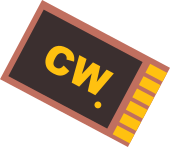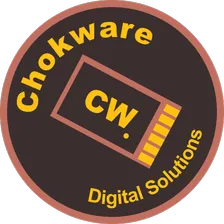5 Signs It Is Time to Replace Your Business Website or Platform
How to know when your digital presence is holding you back - and what to do about it
Your website is often the first point of contact between your business and potential clients. It is more than a digital brochure - it is a critical part of your brand, your sales pipeline, and your customer service infrastructure. However, like all tools, websites and digital platforms have a lifespan. Knowing when it is time to replace rather than just update your current system can save your business significant time, money, and missed opportunities.
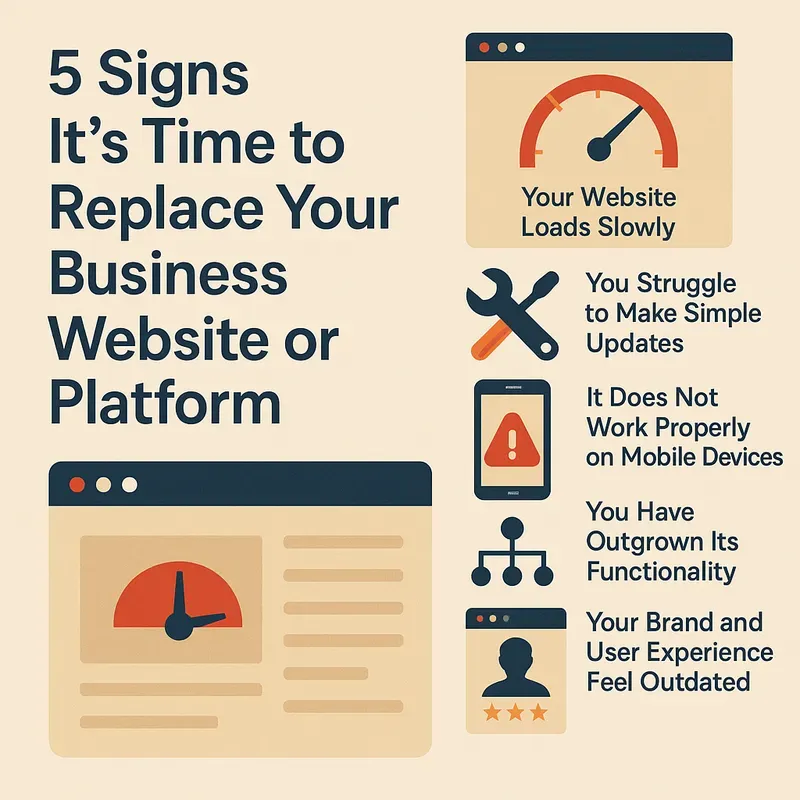
As specialists in SEO and custom web development, we have helped businesses across multiple sectors move from outdated systems to scalable, modern platforms that support growth. Here are five clear signs that your website or platform may be holding you back - and why replacing it may be the smartest step forward.
1. Your Website Loads Slowly
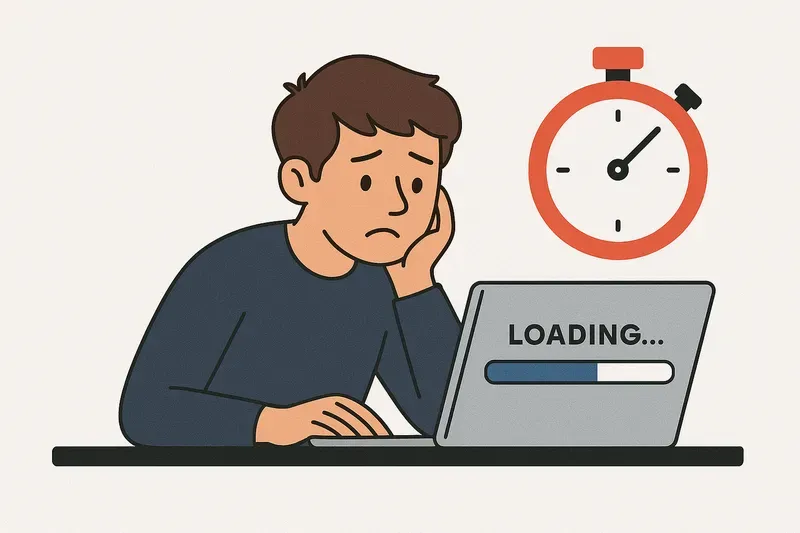
Speed is not just about user experience - it is a major SEO ranking factor. A slow website discourages visitors from staying and browsing. If your site takes more than three seconds to load, you are already losing a significant portion of your traffic. No amount of content optimisation or image compression can fix the underlying issues caused by bloated code, outdated architecture, or legacy frameworks.
In many cases, old content management systems or poorly coded templates cannot keep up with modern performance standards. If your website consistently underperforms on tools such as Google PageSpeed Insights or GTmetrix, it may be time to rebuild with a clean, efficient codebase.
2. You Struggle to Make Simple Updates

If making basic changes - such as updating text, adding a product, or publishing a blog post - requires developer intervention or feels overly complex, your current system is not serving your business. Modern content management systems (CMS) should empower non-technical users to make regular updates easily.
A platform that lacks flexibility or user-friendly features creates bottlenecks and delays. This not only frustrates your team but also makes it harder to keep your content fresh and relevant, which affects your visibility and user trust.
3. It Does Not Work Properly on Mobile Devices
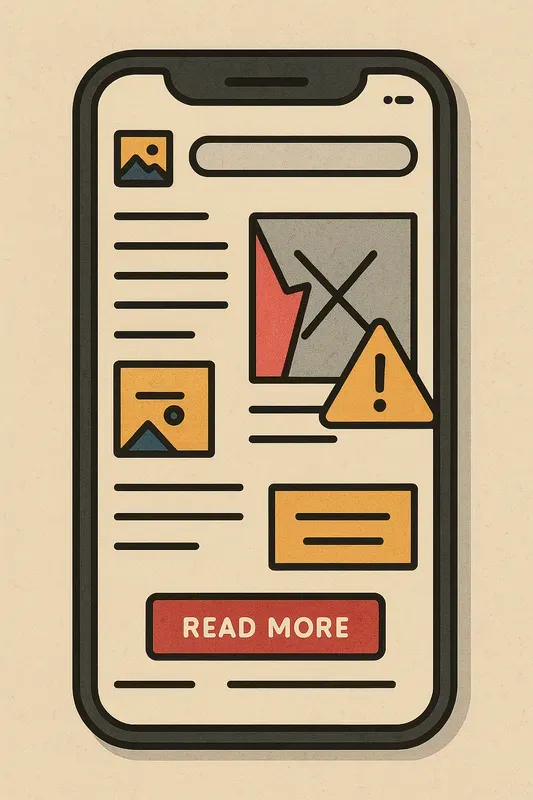
With mobile traffic surpassing desktop in most sectors, your website must offer a seamless experience across all devices. If your site looks broken on mobile, forces users to zoom in, or loads slowly over mobile networks, you are at a competitive disadvantage.
Responsive design is no longer optional - it is a baseline expectation. A mobile-friendly site not only improves user experience but also impacts your ranking on search engines. If your current platform cannot adapt cleanly to different screen sizes, that is a major signal to start from scratch with a mobile-first approach.
4. You Have Outgrown Its Functionality

Businesses evolve. What worked five years ago may no longer meet your current operational needs. Perhaps you now require integration with a CRM, support for multilingual content, or the ability to manage user permissions more granularly. Maybe you need a customer portal, e-commerce features, or automation tools.
If your platform cannot be extended without significant custom workarounds, or if it constantly breaks when updated, you are spending more time maintaining your system than using it to grow your business. A well-architected rebuild can provide a stable, flexible foundation tailored to your future plans.
5. Your Brand and User Experience Feel Outdated
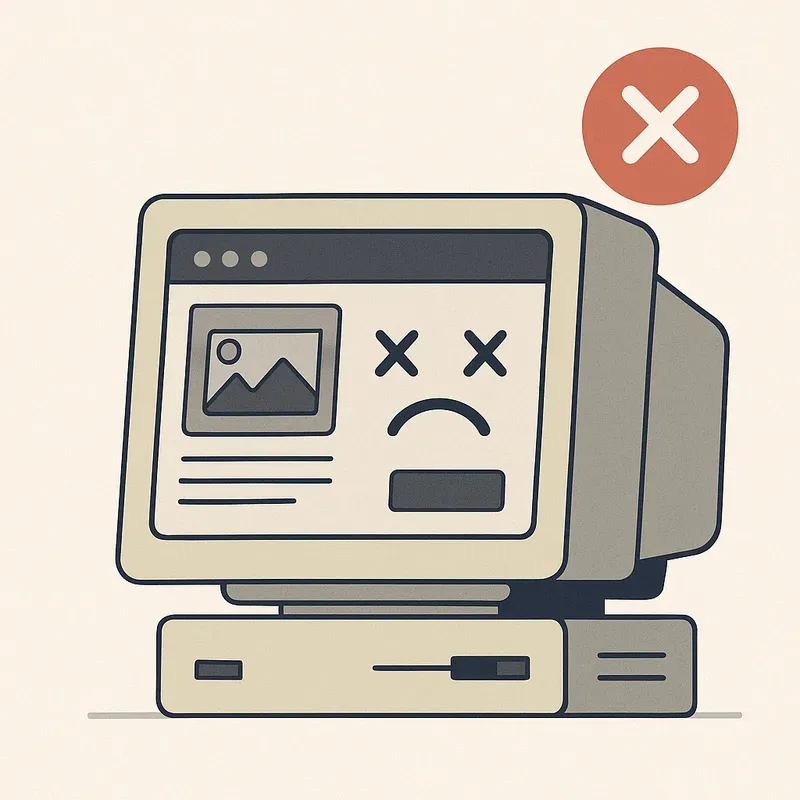
Design trends change, but so do user expectations. An outdated interface can create a poor first impression, reduce trust, and increase bounce rates. More importantly, older platforms often lack support for accessibility standards, structured data, and modern SEO practices.
Your website should reflect the quality of your business. If it no longer feels aligned with your brand identity or customer expectations, a full redesign and rebuild may be necessary. Replacing your platform gives you the opportunity to reimagine your user journeys, improve conversion paths, and build in technical SEO from the ground up.
Final Thoughts
Replacing your website or platform is a significant investment, but the cost of maintaining an outdated system is often higher. Poor performance, inefficient workflows, and missed opportunities can have a lasting impact on your business growth.
If any of these signs resonate with you, consider consulting a specialist team that can assess your current system and offer a strategic path forward. At Chokware, we help businesses move beyond patchwork fixes to purpose-built digital platforms that are fast, scalable, and future-ready.
Terminology
- CMS – Content Management System
- SEO – Search Engine Optimisation
- Responsive Design – A design approach that ensures websites adapt to different screen sizes and devices
- Bounce Rate – The percentage of visitors who leave a site after viewing only one page
- Conversion Path – The steps a user takes to complete a desired action on a website
- Legacy System – An outdated computing system or application that is still in use
- Structured Data – A standardised format for providing information about a page and classifying the page content
Time for a Website That Works Harder
Your next website should do more than look good. It should perform better, scale with your goals, and support your team every step of the way. Let us help you build the right platform for long-term success.
Get Your Custom Quote